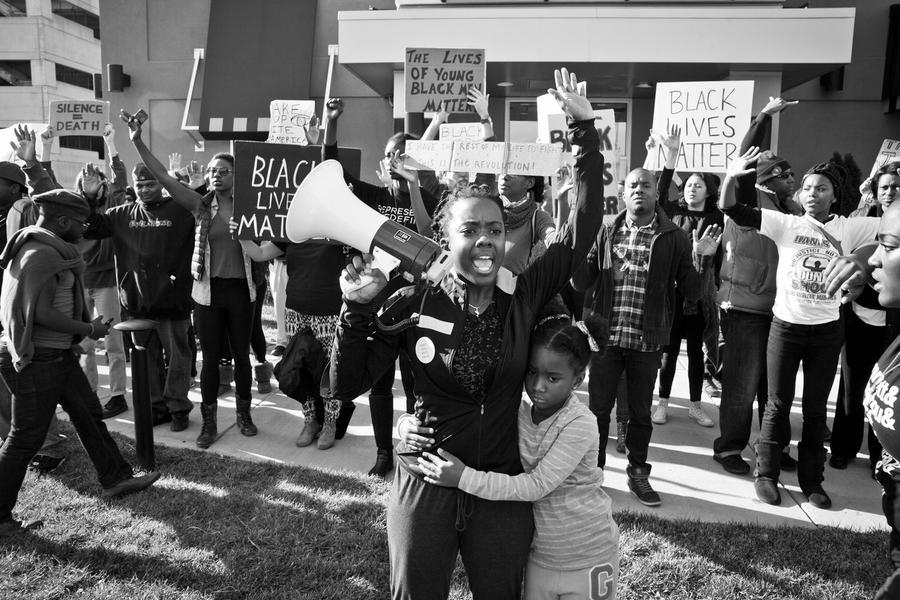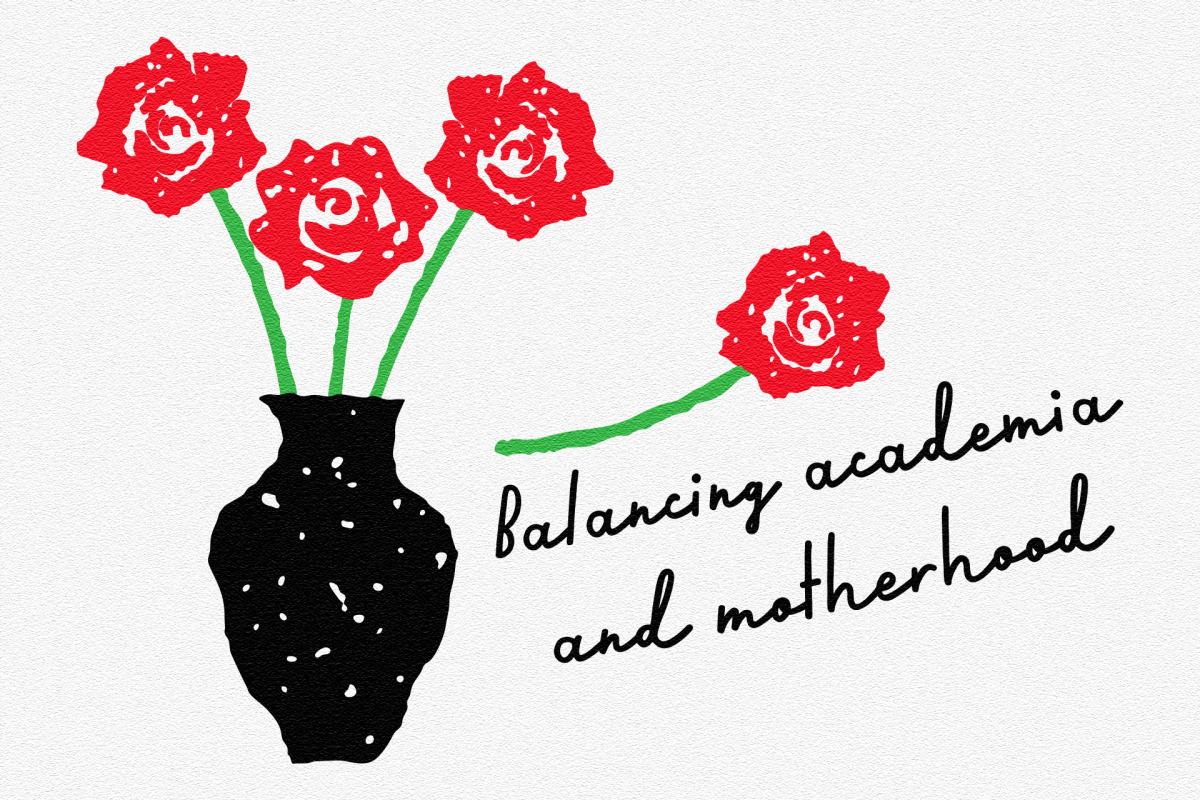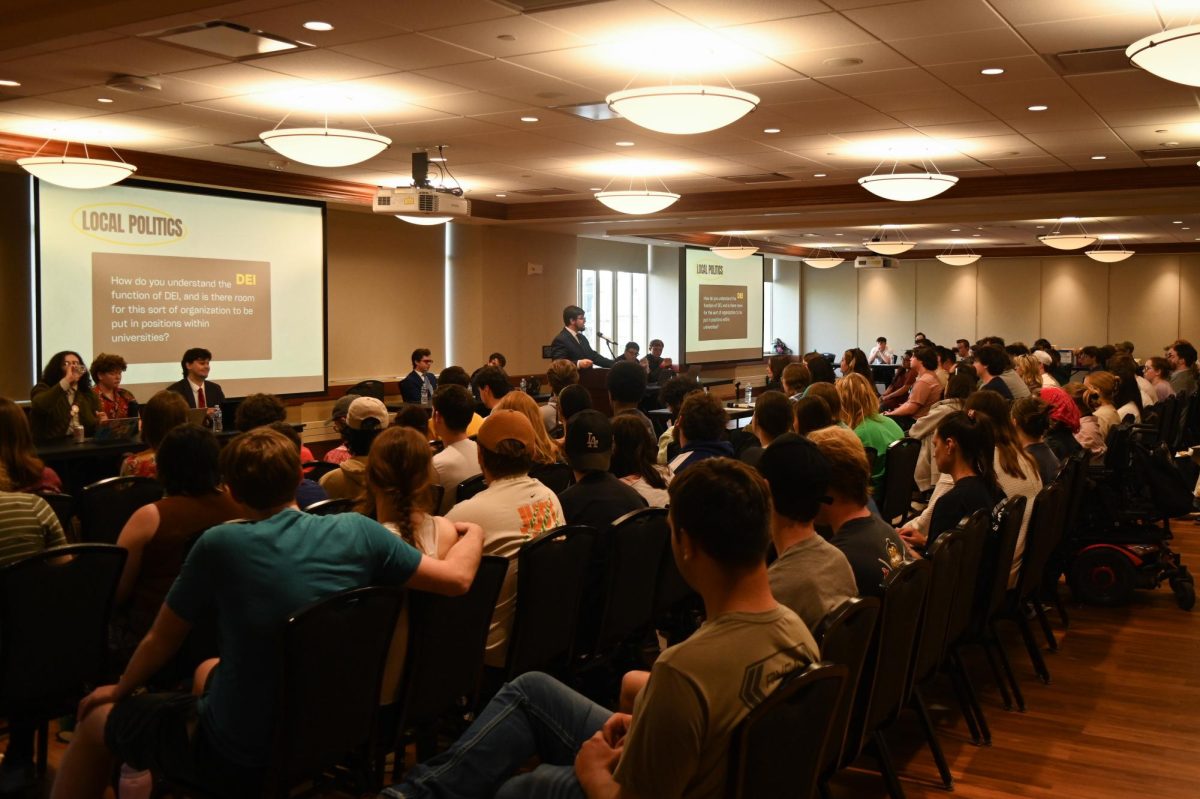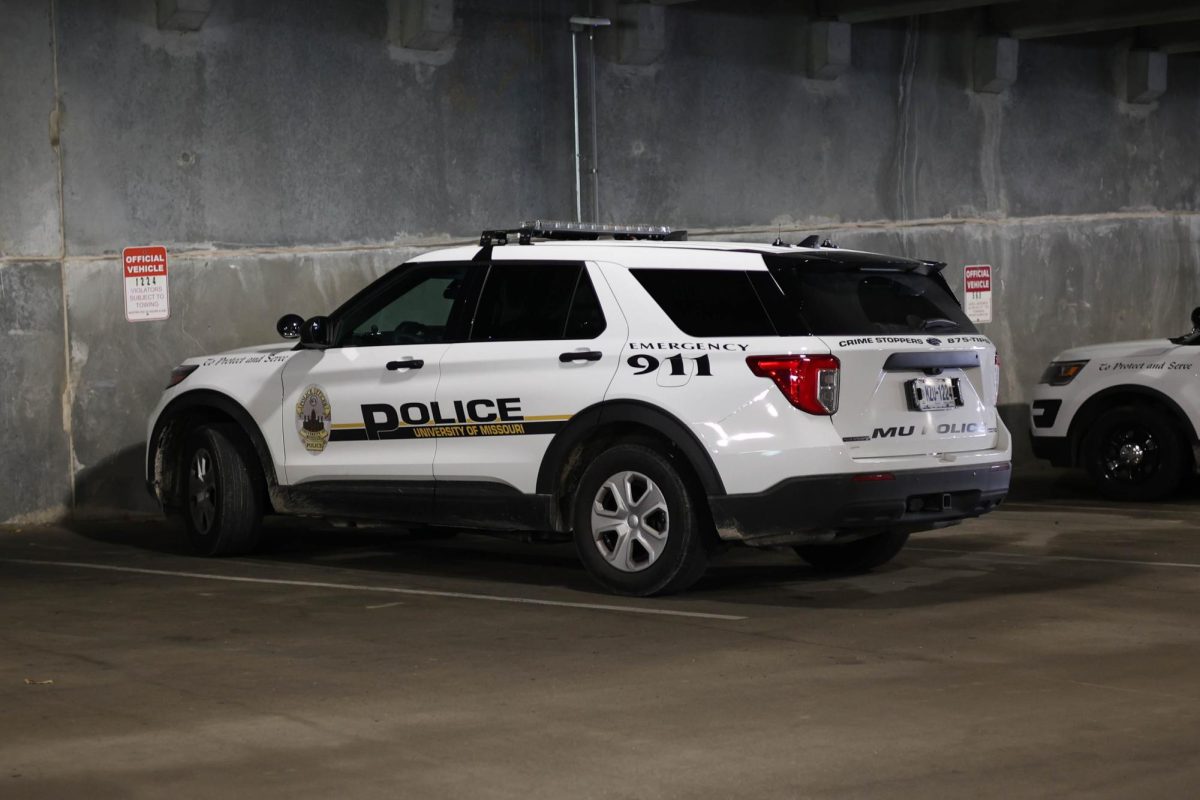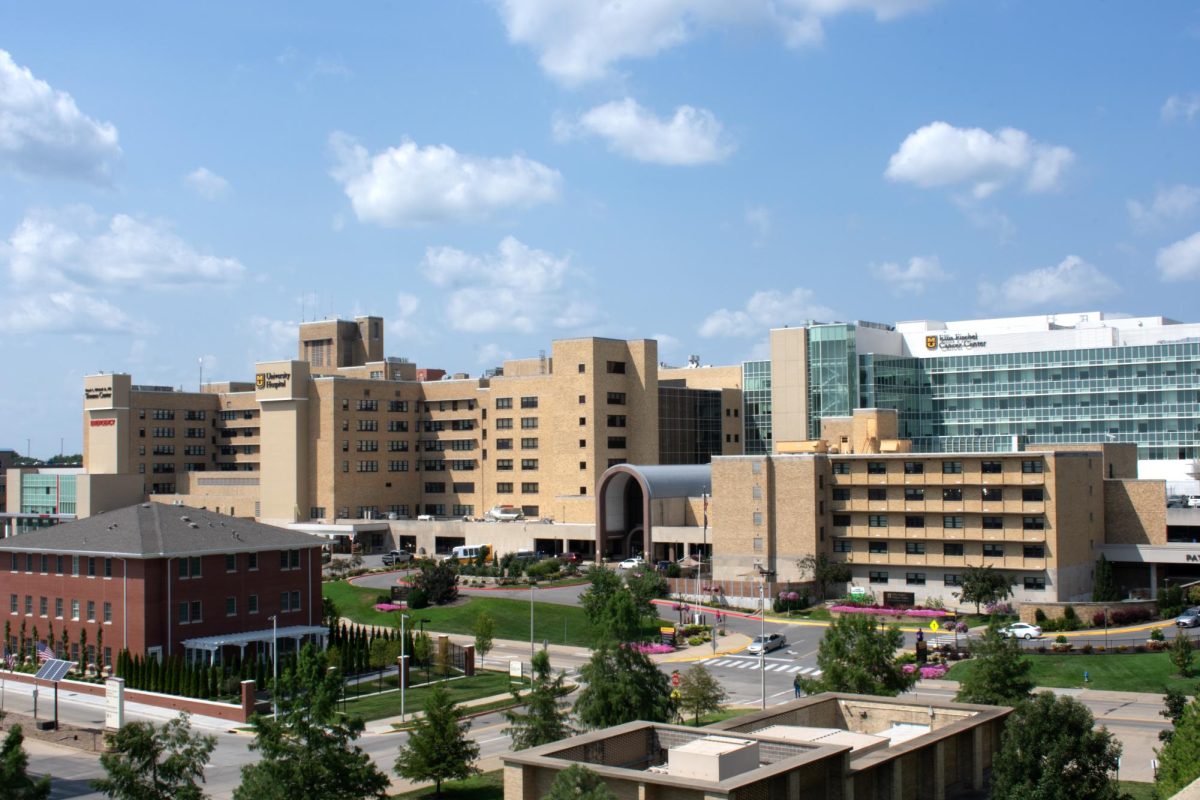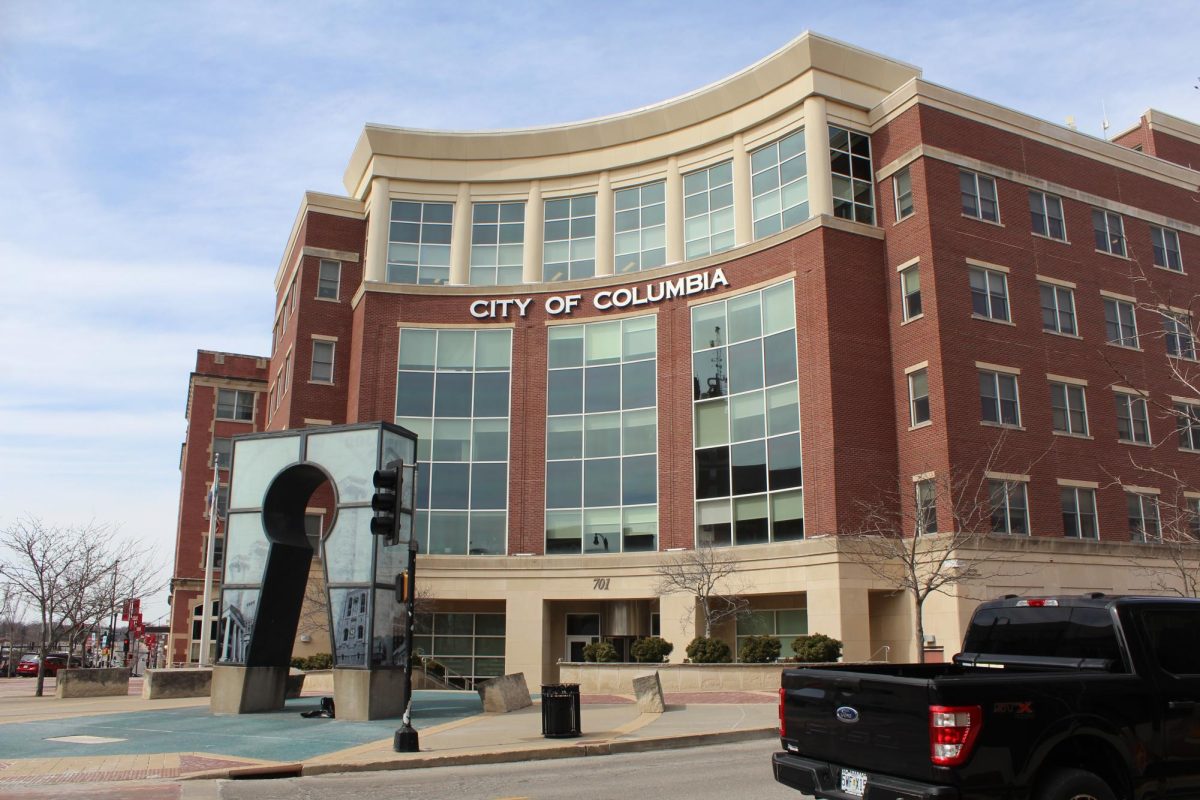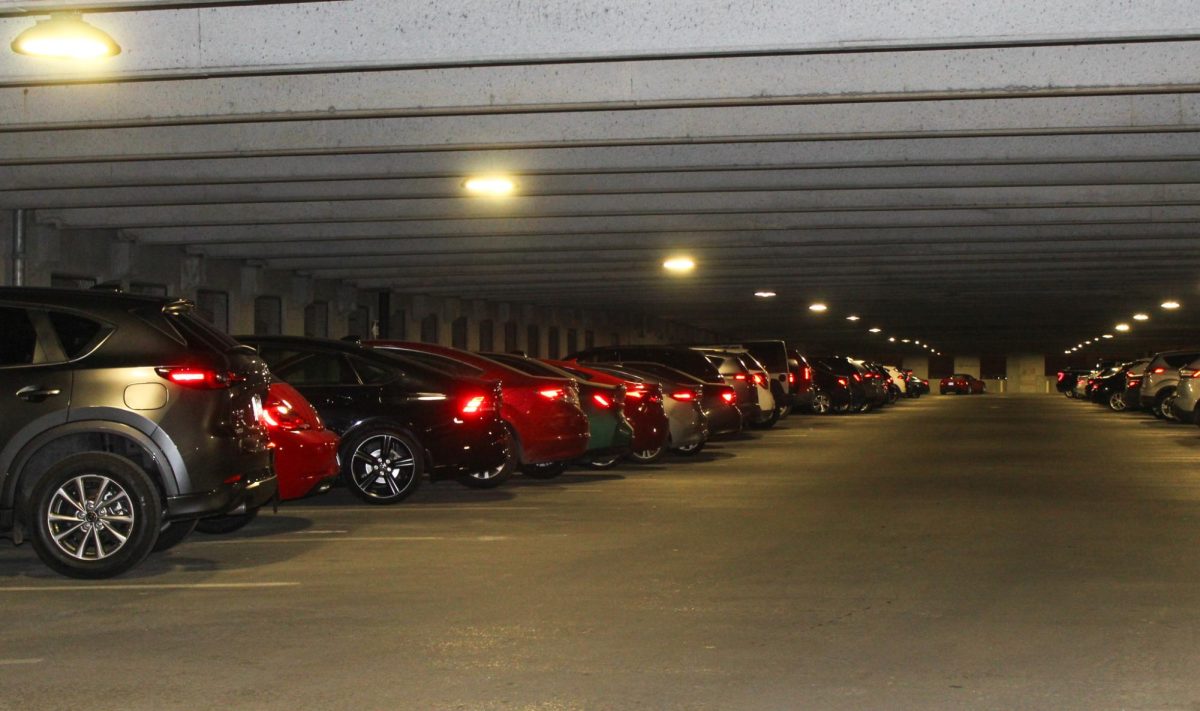The documentary _Whose Streets?_, directed by Sabaah Folayan and Damon Davis, tells the story of the death of Michael Brown and the civil unrest that arose in its wake through the people who experienced it firsthand.
On Aug. 9, 2014, Michael Brown was shot in the streets of Ferguson, Missouri, by police officer Darren Wilson following accusations that Brown had committed armed robbery at a convenience store.
Much debate arose over whether Brown had initiated an altercation with Wilson or if he had his hands raised in surrender. This uncertainty caused a stark division of people in the St. Louis area and the world as a whole.
_Whose Streets?_ captured the uprising of the citizens of St. Louis through the eyes of the people who were actually there.
As a resident of a suburb of St. Louis, I vividly remember this event as one of the most polarizing topics I’d ever discussed. I was 16 years old at the time and had never previously engaged in conversations concerning social topics.
However, when Brown was killed, I felt the need to speak up and talk with people about my thoughts on the tragedy that had just occurred.
Since that time however, I have realized how incapable I am of truly commenting on the terror and pain of the events that transpired in Ferguson. As a white person, I can have profound feelings and form opinions, but I cannot feel the systemic oppression placed upon people of color or understand their fear.
For this reason, I decided to speak with people of color who would be able to provide context to the impact of the event and the documentary.
“As a bystander who wasn’t a resident of the city, I thought that once the shooting occurred, a brief lapse of intense unrest ensued and then ended,” said Justin Moore, a senior at MU from Kansas City. “I was nearly blind to the persistent mistreatment of protesters.”
In addition to providing clarity, the film also portrayed the events in a realistic way by communicating with people live during the protests.
“I loved how there was a little message of hope [in the documentary],” said Tyler Rand, a senior at MU from Chicago. “I thought the portrayal of the events was done in a way that made them more personal and made the whole thing hit home even more.”
Although it is undeniable that the documentary was powerful, it is disputed whether or not it has affected change.
“I think the social impact abroad was the appearance of documentary filmmakers who were part of the movement and affected by its consequences. It’s always important to see members of minority communities on the ground and bringing the lessons home and abroad,” Moore said.
Rand was unsure of the impact the film had due to the lack of personal impact on the audience members.
“I wouldn’t say that it produced a social impact simply because I feel like the people watching this documentary are not the people that need to be watching it,” Rand said. “Only people ready to receive the message will learn and change.”
The events that occurred on Aug. 9, 2014 sparked an undeniable change in conversation and action within many communities. Whose Streets? captured the importance of these discussions and shed light on a tremendous tragedy.
_Edited by Claire Colby | ccolby@themaneater.com_

